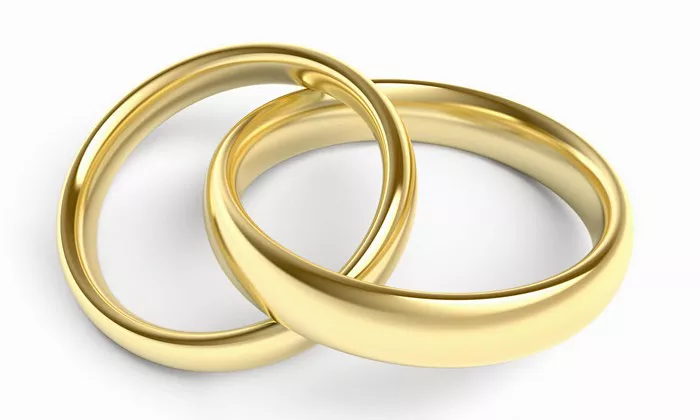The diamond wedding ring market is experiencing its most significant transformation since the De Beers marketing campaign of the 1940s established diamonds as the ultimate symbol of eternal love. Lab-grown diamonds, once considered inferior alternatives, now account for nearly 40% of all diamond engagement rings sold in the United States—a figure that has doubled in just three years according to the latest industry reports. What began as a niche market for environmentally conscious couples has exploded into a full-scale revolution, with implications that extend far beyond jewelry stores.
The technological advancements in diamond synthesis have been staggering. Modern chemical vapor deposition (CVD) and high-pressure high-temperature (HPHT) methods now produce diamonds that are chemically, physically, and optically identical to mined stones—often with fewer imperfections and at 30-40% lower cost. Major jewelry retailers have taken notice; Tiffany & Co., long the bastion of natural diamond supremacy, quietly launched its first lab-grown collection last quarter, while startups like Vrai and Brilliant Earth have seen exponential growth by marketing directly to millennials and Gen Z consumers.
The environmental argument has proven particularly compelling. A 2024 lifecycle analysis published in the Journal of Cleaner Production found that lab-grown diamonds generate just 15% of the carbon emissions per carat compared to mined diamonds, while completely eliminating the issues of habitat destruction and questionable labor practices associated with some mining operations. This resonates strongly with younger couples: a recent Knot survey found that 68% of couples under 35 actively sought sustainable ring options, with 42% specifically requesting lab-grown stones.
However, the industry faces growing pains. Traditional jewelers report tension between their established natural diamond inventory and the booming demand for synthetic alternatives. Some couples still perceive lab-grown diamonds as “less authentic,” though this stigma appears to be fading rapidly. Perhaps most intriguing is how this shift is changing ring designs—with savings on center stones, many couples are opting for more elaborate settings or allocating funds toward the wedding itself. As one industry analyst noted, “The diamond ring was always about signaling. Today’s couples are signaling different values—sustainability, technological progress, and financial pragmatism.”


